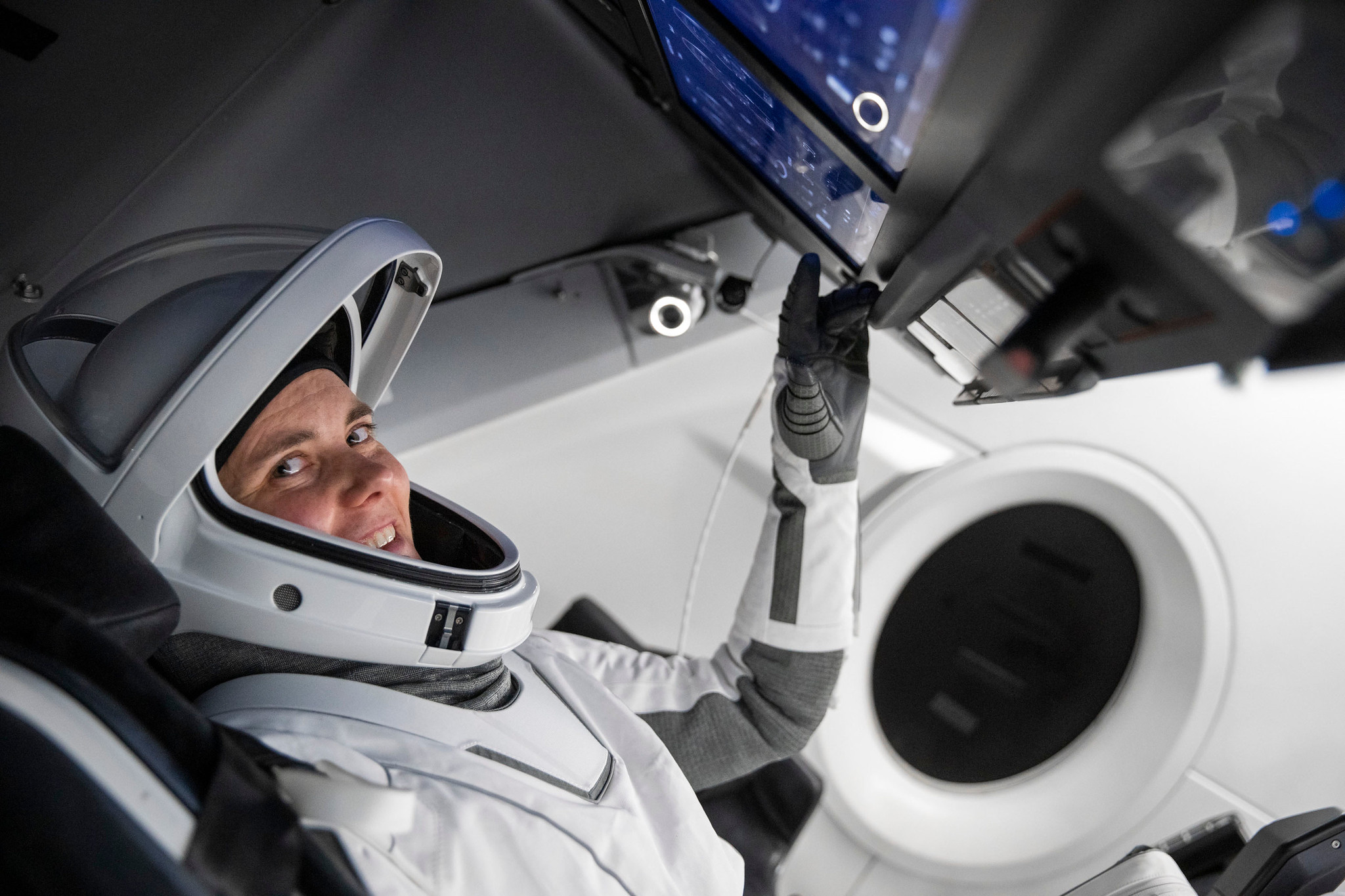Trust and understanding are two essential components of any successful relationship, whether it be between humans or between humans and machines. In the past, trust and understanding were built through personal interactions and shared experiences. However, with the rise of technology and automation, the way we build trust and understanding has changed. This article explores the link between trust and understanding and how it applies to the relationship between humans and machines.
In the past, trust and understanding were built through personal interactions and shared experiences. For example, a horse whisperer would spend time with a horse, learning its behavior and personality, and building a relationship based on trust and understanding. Similarly, a doctor would spend time with a patient, listening to their concerns and symptoms, and building a relationship based on trust and understanding.
However, with the rise of technology and automation, the way we build trust and understanding has changed. Today, we interact with machines and algorithms on a daily basis, from our smartphones to our cars to our home appliances. These machines are designed to make our lives easier and more efficient, but they also require a different kind of trust and understanding.
One of the key challenges in building trust and understanding with machines is the lack of personal interaction. Unlike a horse whisperer or a doctor, we cannot build a relationship with a machine through personal interactions and shared experiences. Instead, we must rely on other methods to build trust and understanding.
One method is through transparency and accountability. Machines and algorithms must be transparent in their actions and decisions, and they must be accountable for their mistakes. This means that they must be designed to explain their actions and decisions in a way that is understandable to humans, and they must be held accountable for any errors or mistakes.
Another method is through education and training. Humans must be educated and trained to understand how machines and algorithms work, and how to interact with them in a way that builds trust and understanding. This means that we must teach people how to program and interact with machines, and we must provide them with the tools and resources they need to do so effectively.
Finally, we must design machines and algorithms that are empathetic and responsive to human needs. This means that they must be designed to understand human emotions and behaviors, and to respond in a way that is appropriate and helpful. For example, a robot caregiver must be designed to understand the needs and emotions of its patients, and to respond in a way that is compassionate and helpful.
In conclusion, the link between trust and understanding is essential in any successful relationship, whether it be between humans or between humans and machines. While the way we build trust and understanding has changed with the rise of technology and automation, the principles remain the same. We must design machines and algorithms that are transparent, accountable, empathetic, and responsive to human needs. We must also educate and train humans to understand how machines and algorithms work, and how to interact with them in a way that builds trust and understanding. With these principles in mind, we can build a future where humans and machines work together in harmony, creating a more efficient and compassionate world.










